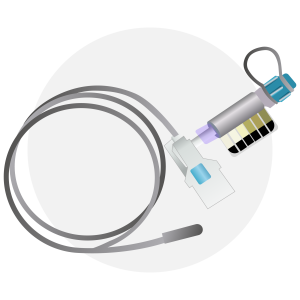Different Types of Fetal Monitoring: External vs Internal
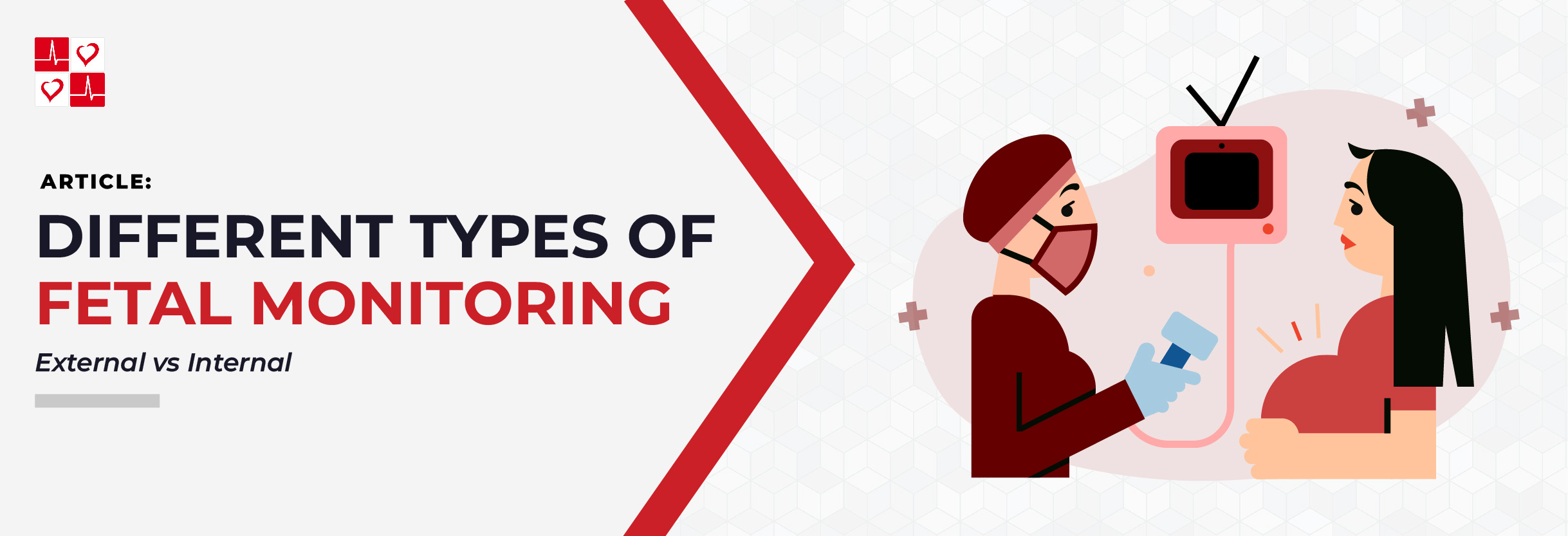
External Fetal Monitoring
External fetal monitoring refers to the process of monitoring the well-being of a fetus during labor and delivery using devices placed on the mother’s abdomen.
External fetal monitors are non-invasive and do not require any special procedures or interventions.
While external fetal monitoring is widely used and generally considered safe, it may have limitations. Factors such as maternal obesity, fetal position, and maternal movement can affect the accuracy of the monitoring results. If more precise or continuous monitoring is needed, healthcare providers may opt for internal fetal monitoring methods.
Doppler Ultrasound
During a doppler ultrasound, a healthcare provider places a probe/transducer on the mother’s abdomen. This probe emits high-frequency sound waves into the body, allowing doctors to listen to and measure the fetal heart rate. This helps monitor the well-being of the fetus and detect any abnormalities in heart rhythm or rate. For more information on how to read a Non-Stress Test, click here.
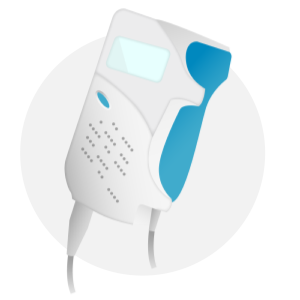
Tocodynamometry (Toco)
Tocodynamometry (TOCO) is a method used in obstetrics to monitor uterine contractions during labor. The procedure involves placing a tocodynamometer on the mother’s abdomen to measure the frequency and intensity of contractions.
The tocodynamometer consists of a flat, circular sensor that is secured to the mother’s abdomen using straps or belts. As the uterus contracts, the tocodynamometer generates a graphical representation/numerical readout of the contractions’ frequency and intensity. For more information on how to read a Non-Stress Test, click here.
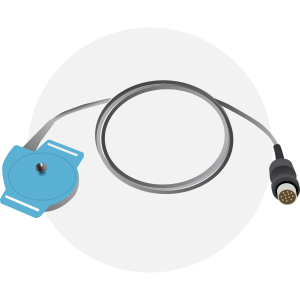
Internal Fetal Monitoring
Internal fetal monitoring is a method used to monitor the well-being of the fetus during labor and delivery by placing specialized sensors or probes directly onto the fetus or into the uterine cavity. Unlike external fetal monitoring, internal monitoring provides more direct and accurate measurements of fetal heart rate and uterine contractions.
Fetal scalp electrode (FSE)
Fetal scalp monitoring, also known as fetal scalp electrode (FSE) monitoring, involves attaching an electrode to the scalp of the fetus to directly measure its heart rate.
Fetal scalp monitoring provides more accurate and continuous readings of the fetal heart rate compared to external monitoring methods such as doppler ultrasound.
However, fetal scalp monitoring may present small risks of infection or injury to the baby’s scalp.
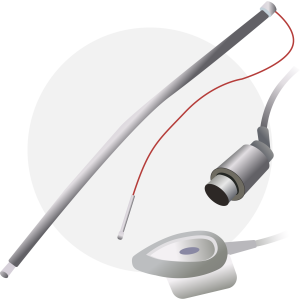
intrauterine pressure catheter (IUPC)
An intrauterine pressure catheter (IUPC) consists of a thin, flexible catheter that is inserted through the cervix into the uterus during labor. One end of the catheter remains inside the uterus, while the other end is connected to a monitoring device that measures intrauterine pressure.
Intrauterine pressure catheters are typically used in conjunction with fetal heart rate monitoring to evaluate the well-being of the fetus during labor and delivery.
However, the use of an IUPC carries certain risks, including a small risk of infection or injury to the uterus.
